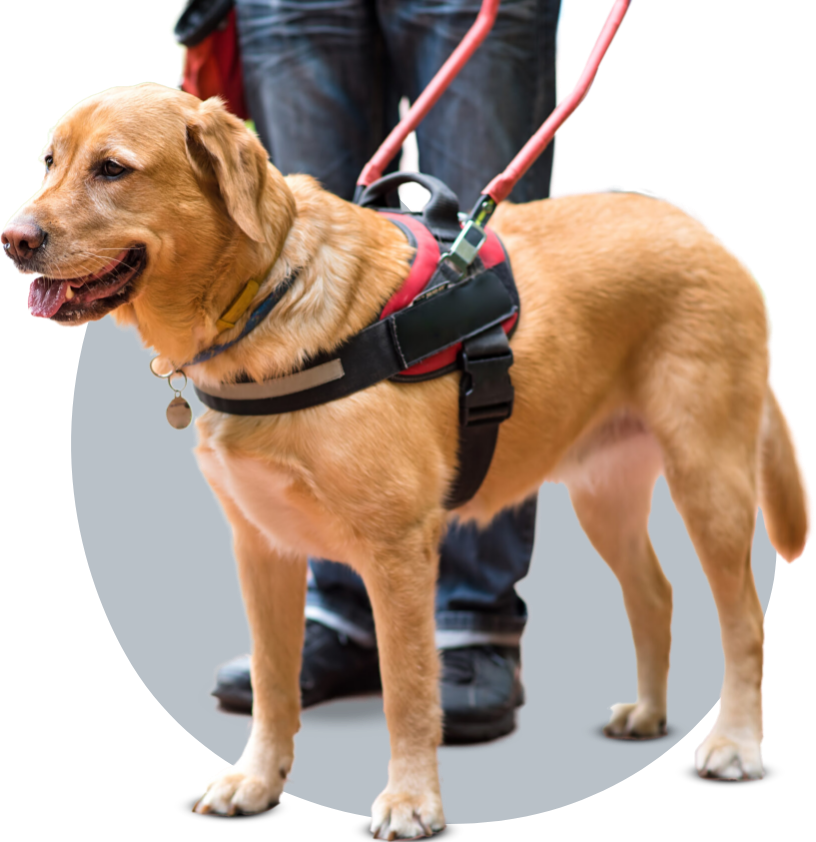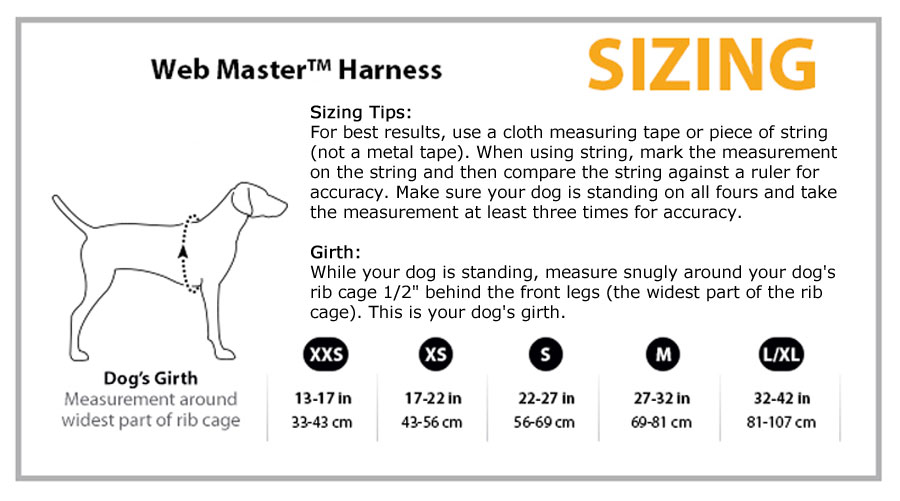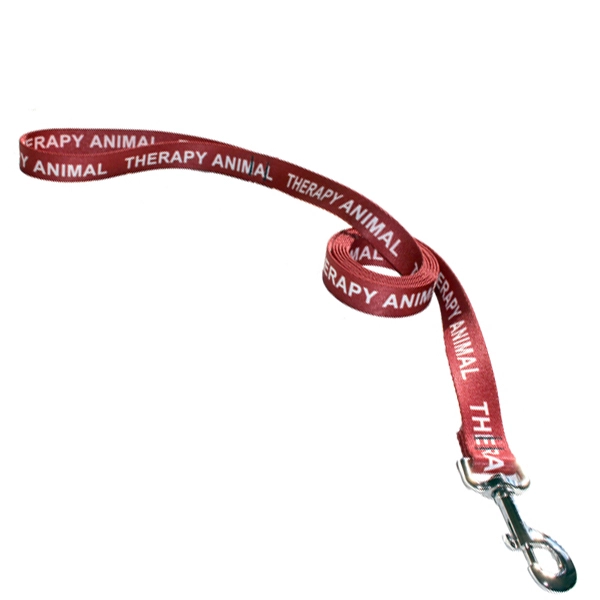How Service Dogs Empower Parents with Disabilities: A Guide to Support and Independence

Introduction
Parenting is one of the most rewarding roles a person can take on, but for those living with disabilities, it comes with unique challenges. Whether managing physical limitations, navigating emotional or mental health concerns, or simply balancing the many tasks involved in raising a child, parents with disabilities often face obstacles that can make everyday life more difficult.
Enter service dogs—loyal, highly trained companions that can provide both physical and emotional support to parents with disabilities. These animals are not just pets; they are valuable allies that assist with daily tasks, enhance independence, and promote overall well-being. In this article, we will explore how service dogs empower parents with disabilities, discuss the legal framework surrounding service animals, provide practical advice for integrating a service dog into family life, and address common questions.
What Is a Service Dog?
A service dog is a dog that has been specifically trained to perform tasks that assist a person with a disability. Unlike emotional support animals (ESAs) or therapy animals, service dogs are trained to perform particular functions that help mitigate the effects of their handler’s disability. For parents with disabilities, a service dog can make a significant difference in everyday life by performing tasks that range from physical assistance to emotional support.
Common Tasks Service Dogs Perform for Parents with Disabilities:
- Physical Assistance: Service dogs can help parents with mobility issues by retrieving objects, opening doors, or even providing balance support.
- Emotional Support: For parents dealing with mental health challenges such as anxiety, depression, or PTSD, a service dog can provide comfort, reduce stress, and even prevent emotional crises.
- Child Assistance: Some service dogs are trained to help manage children, such as retrieving toys or comforting a child during a stressful moment.
- Safety and Alerting: Service dogs can also be trained to alert parents to specific medical conditions, such as low blood sugar, seizures, or panic attacks.
Legal Rights and Protections for Service Dogs
Service dogs are protected by law in many countries, particularly in the United States under the Americans with Disabilities Act (ADA). This legal framework ensures that parents with disabilities can enjoy their full rights, including public access and housing.
Key Legal Rights for Parents with Service Dogs:
- Public Access: Under the ADA, service dogs have the right to accompany their handlers in almost all public places, including restaurants, stores, schools, and transportation systems.
- Housing: The Fair Housing Act (FHA) allows parents with disabilities to keep their service dog in housing that may have pet restrictions. This means parents can live with their service dog even in pet-free housing.
- Air Travel: While the rules for service dogs on airplanes have changed, parents still have the right to bring their service dogs aboard, with the proper documentation under the Air Carrier Access Act (ACAA).
- Workplace Rights: Parents with disabilities can bring their service dogs to work if it helps them perform essential job functions.
However, it’s essential for parents to understand that not all animals qualify as service dogs. To be recognized legally, a dog must be individually trained to perform specific tasks related to the handler’s disability.
How Service Dogs Empower Parents with Disabilities
Service dogs provide much more than practical assistance—they empower parents by enhancing their autonomy and reducing barriers to parenting.
Enhancing Independence:
For many parents with physical disabilities, performing everyday tasks like cleaning, cooking, or taking care of their children can be daunting. A service dog can be trained to assist with these tasks, such as fetching items, helping with balance, or even aiding in household chores, allowing the parent to focus on other aspects of parenting.
Emotional Support:
Parenting can be stressful, and mental health challenges such as anxiety, depression, or PTSD can make it even harder. A service dog provides emotional support that can help parents stay calm, cope with stress, and manage overwhelming feelings. The presence of a service dog can lower anxiety levels and offer a comforting companion during difficult moments.
Improving Family Life:
A service dog can also bring families closer together. With their assistance, parents can take on more active roles in family activities, such as going to the park, attending school events, or even just playing games at home. This fosters a sense of normalcy and encourages more participation in family life, which can be immensely rewarding for both parents and children.
Encouraging Socialization:
For some parents, socializing can be difficult due to physical or mental health challenges. A service dog can act as a social bridge, easing anxiety and helping parents feel more comfortable in social situations. This can be especially important for parents who may otherwise feel isolated or unable to participate in community events.

How to Qualify for a Service Dog
Qualifying for a service dog is not as simple as owning a dog and calling it a service animal. The process requires a few important steps and criteria:
- Medical Documentation: The individual seeking a service dog must have a documented disability, and the service dog must be trained to assist with that disability. Medical documentation is typically required to demonstrate the need for a service animal. (only needed for housing if the disability is not readily apparent).
- Training: Service dogs must undergo task-specific training. This training ensures that the dog can perform specific tasks to aid the handler and behave appropriately in public. An individual/handler may train their own service dog.
- Application Process: Depending on the service dog provider, an application process may be required. This will involve interviews, home visits, and consultations with healthcare professionals.
Tips for Integrating a Service Dog into Your Family
Bringing a service dog into your life is a big decision, and it’s important to ensure a smooth transition for both the dog and your family. Here are some tips for integrating a service dog into your household:
- Start with Training: Even if the dog is already trained, continued training is essential for ensuring that the service dog performs their tasks properly and remains comfortable in new environments.
- Prepare Your Family: Educate your children and other family members about the role of the service dog. It’s important to respect the dog’s space and understand that they are working when in public.
- Create a Routine: Establish a daily routine for both the service dog and your family. This helps everyone adjust to their new roles and responsibilities.
- Socialization: Socialize your service dog with different environments and situations to ensure they are comfortable in public spaces.
FAQs About Service Dogs for Parents with Disabilities
1. What disabilities qualify for a service dog?
Any disability, whether physical or mental, can qualify for a service dog if the dog is trained to assist with tasks related to that disability.
2. How long does it take to get a service dog?
The process of getting a service dog can take anywhere from several months to over a year, depending on the dog’s training and the specific needs of the individual.
3. Are service dogs covered by insurance?
Service dogs are not typically covered by health insurance, but some programs offer financial assistance or grants for obtaining a service dog.
4. Can service dogs be used for emotional support?
Yes, service dogs can be trained to provide emotional support, but they must also be trained to perform specific tasks to mitigate a disability, such as alerting to an anxiety attack.
Conclusion
Service dogs can truly transform the lives of parents with disabilities, offering much-needed assistance, emotional support, and independence. If you are a parent considering a service dog, or if you’re seeking more information about the benefits and process, we encourage you to reach out to professional service dog organizations and explore your options. Additionally, check out our resources on how to get started with a service dog and ensure that you are empowered to make the best choice for your family.

















































































